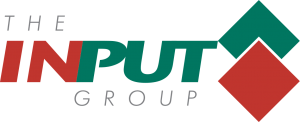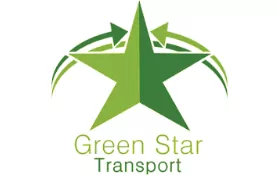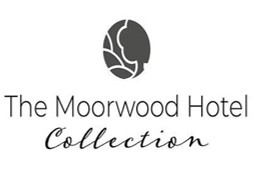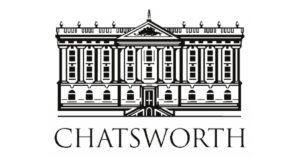By Daryn Shepherd, H&S Advisor, Kedleston Safety
In occupational safety and health, it is important to understand the subtle differences between health screening and surveillance and why both are important. Surveillance is, boiled down to basics, keeping an eye on the health effects of certain jobs/activities and the frequency of employees taking part in these activities. Sometimes this is all that is needed, for example, under COSHH assessments and material safety data sheets there will be exposure limits listed on certain chemicals/substances. Similarly, with use of a hard-vibrating power tool (e.g. an SDS Drill) there will be recommended time limit per use. Screening represents a more robust process incorporating employee feedback and sometimes questionnaires, even before works begin to identify pre-existing conditions or exposure. Most workplaces will not have an ability to monitor employee activity at all times, screening helps us better understand the employee’s day to day used of substances, devices, tools and/or processes that could be detrimental to health if used improperly. As health and safety professionals screening helps us with supporting the workforce, unfortunately there will be occasions where employees are asked to do something unsafe or feel like they need to do something improperly to save time and meet deadlines. Screening helps us to get feedback on the entire process and help support workers and encourage better practices by identifying the need for additional training and toolbox talks etc.
We can ensure effective health surveillance easily through simple practices. These can be in the form of closely monitored permits to work, regularly rotation of workloads for staff or outsourcing medical checks to well-vetted, competent third-party providers. A good example of health screening for employees is the HSE’s approved Hand Arm Vibration assessment form. This can be an annual form that is filled in with a Health and Safety professional/responsible person or a induction form before work officially begins in order to correctly assess an employee’s suitability for the task and an employee’s belief in their own competency to perform the task. This creates a more holistic idea of the capabilities of the employee and their susceptibility to the health risks of the job. It is a dangerous road to go down to put employees forward for work they don’t feel comfortable with and to knowingly encourage employees to put their own health at risk with a job is extremely bad practice; employers cannot plead ignorance on this as the Health and Safety At Work Act puts responsibility on the employer to ensure the safety of their employees.
Specifically, in the areas of my own experience (charity, arts and cinema with customer focus) there is a tendency to let people’s enthusiasm for the overall mission of their work cloud their judgement on their own health and safety. Putting the needs of a socially responsible business first is in some ways admirable, but is not a sustainable way of working for employee or employer. Employees may suffer from “burnout” or stress as more and more is asked of them above their usual duties. Employers also suffer reputational damage from having a work force with an array of mental and physical health issues from the work that the organisation is asking them to do. Having a health and safety professional or responsible person for the business encourages best practice from both sides of this issue. It encourages management to take more active involvement and not turning a blind eye to negative behaviours before they manifest themselves in legitimate medical conditions and gives employees more control over their own occupational health and safety, ensuring they are fit to do continue to do the jobs for which they have been employed. Screening and surveillance work hand in hand to ensure employers are looking after their workforce, overall and in the day to day.




